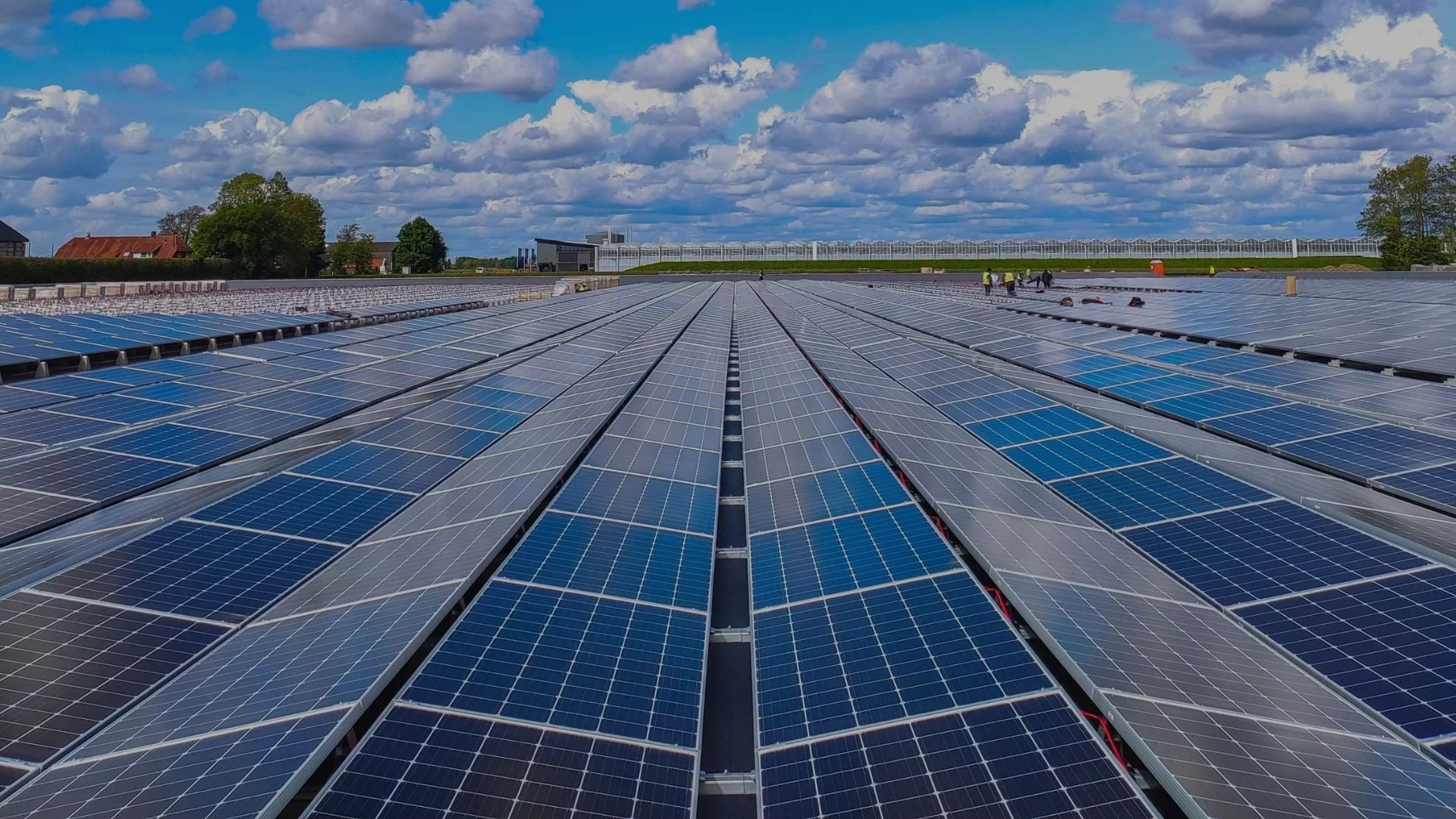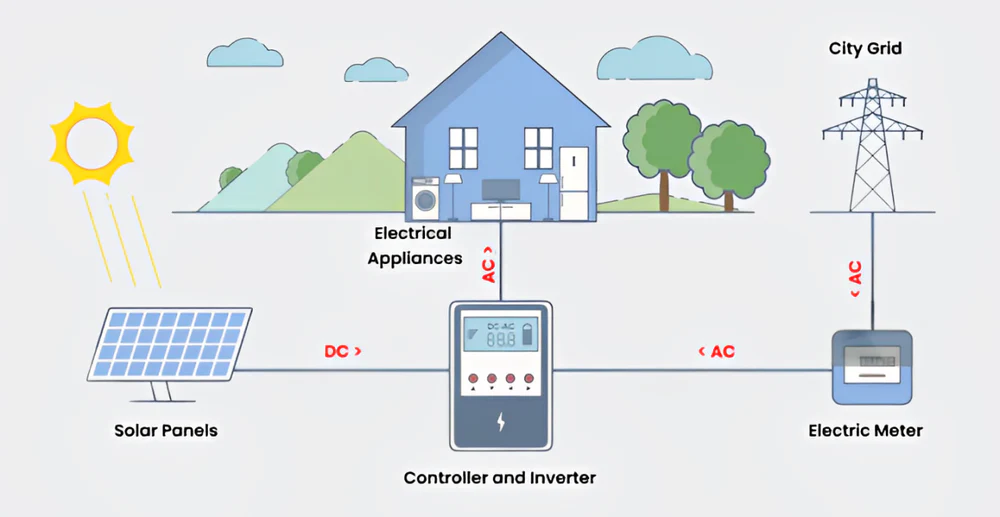News
The installation bracket of the photovoltaic system must first be suitable for the installation site, organically integrated with the installation environment as much as possible, and as aesthetically pleasing as possible while ensuring firm, reliable, and stable installation.
1、 Applicability requirements for photovoltaic systems
Photovoltaic systems can be installed in various occasions and environments, even for the same type of installation system. Different installation structures are required based on different roof structures, surrounding environments, meteorological information, etc. Therefore, a detailed on-site survey of the installation site is needed to design the structure that best matches the photovoltaic system.
2、 Requirements for strength, stiffness, stability, and reliability of photovoltaic systems
The strength, stiffness, and stability design of the installation structure should be based on the most unfavorable combination of load effects (self weight, wind load, snow load, maintenance load, etc.).
3、 Power generation guarantee and economic requirements of photovoltaic systems
In the design of photovoltaic systems, the installation angle and spacing of components are two very important parameters that directly affect the power generation of the system. The installation angle and azimuth are generally determined by the latitude of the location and the characteristics of the installation site. The installation angle and spacing generally follow the principle of unobstructed components from 9:00 to 15:00 on the winter solstice.
In practical engineering design, professional software is used to conduct comprehensive economic evaluations of system power generation, system costs, and land occupation (land occupation costs) for different inclination angles in order to obtain the best benefits and determine the optimal installation inclination angle.
4、 Building safety requirements for photovoltaic systems
The photovoltaic system installed on the roof of a building should pay attention to the following issues during the design and construction process:
1. It is necessary to calculate the bearing capacity of the building and confirm whether it can be installed or reinforced before installation;
2. The original waterproof layer of the roof should be avoided from being damaged. If it is damaged, waterproof treatment should be carried out again to ensure no leakage problems. In the design, the form that does not damage the roof should be prioritized;
3. Photovoltaic arrays should avoid installation across expansion joints, settlement joints, and deformation joints of buildings to prevent component leakage, detachment, and other faults caused by deformation and displacement of buildings;
4. When installing photovoltaic modules as balcony enclosures, they must meet relevant building code requirements, such as the balcony railing of middle and high-rise residential buildings should not be less than 1.1m;
Leave A Reply
Get Free Quotes
NEED TO CHAT?
We will get back to you within 24 hours of receiving the message.



